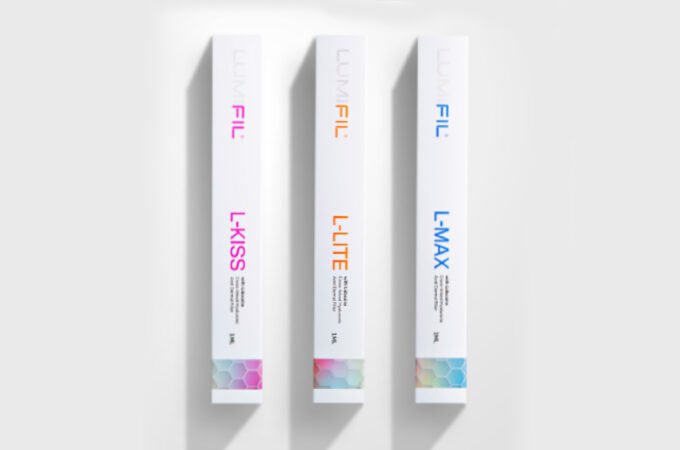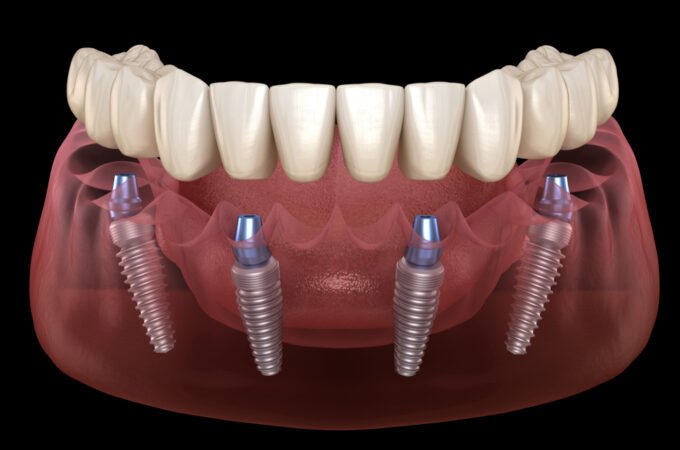
Health Risk of Lead in Your Drinking Water
Water is only pure when is free from all three types of contaminations- Physical, Biological and Chemical. Generally, best water purifiers successfully removes major physical and biological impurities to give purified water by the process of reverse osmosis.
However, chemical impurities are left behind due to their minute molecular sizes. Lead is one of those chemical impurities that has been frequently found in water and is extremely dangerous to human health.
Drinking water with lead in it even at minuscule concentration leads to a severe health complication.
The risk of lead consumption increases manifolds in case children and infants as lead can cause some irreversible damages during their growth.
Health risk of lead in your drinking water:

According to World Health Organisation (WHO), no known level of lead in water could be considered as safe for consumption.
The low level, lead causes no visible symptoms, however, prolonged exposure causes internal damage. Causing chronic illnesses like anaemia, renal impairment and hypertension. Drinking water with lead reduces the Intelligent Quotient (IQ) in children.
Lead severely damages the central nervous system of children. The higher exposure of lead may lead to coma or even death. The children surviving lead poisoning may suffer from behavioural problems and mental retardation.
How lead is contaminating your drinking water?

Pipes, the main source of contamination are pipes made of lead. When your drinking water leaves from municipal water purification plants, it is lead-free. However, its retention in pipes for longer time load the water with lead. Following factors influence the levels of lead in water:
- Length of pipes
- Retaining time of water in pipes
- Temperature of water
- Nature of water- hard or soft
Identifying the presence of lead in drinking water?

Lead is completely tasteless and odourless which makes it difficult to identify while drinking. However, there are laboratories that test the water to detect lead from a sample. At your residence, you can check the source of lead contamination by checking the following two factors:
Age of your house: Before 1970, lead pipes are used as plumbing materials. So if you are living in a house built before 1970 and haven’t changed the plumbing system, there is a great chance you must be drinking water from lead pipes.
Nature of pipes: The appearance of pipes can help you detect the presence of lead.
| Colour | Exterior | Substance |
| Greyish black | Swollen Junctions | Lead |
| Metallic white (after scraping with a knife) | Smooth | Lead |
| Blue, black or grey | Smooth | Plastic |
| Shades of red | Tough | Copper |
| Brownish black | Rusty | Iron |
The way to protect your family is changing the plumbing system. If this is not possible, you must avoid drinking water from bathroom taps. Strictly use kitchen tap water for drinking and cooking. Moreover, using bottled water for children can help you to protect your family from lead consumption. The best way is installing water purified that gives distilled water, which is water boiled into vapours and condensed into a separate container.




